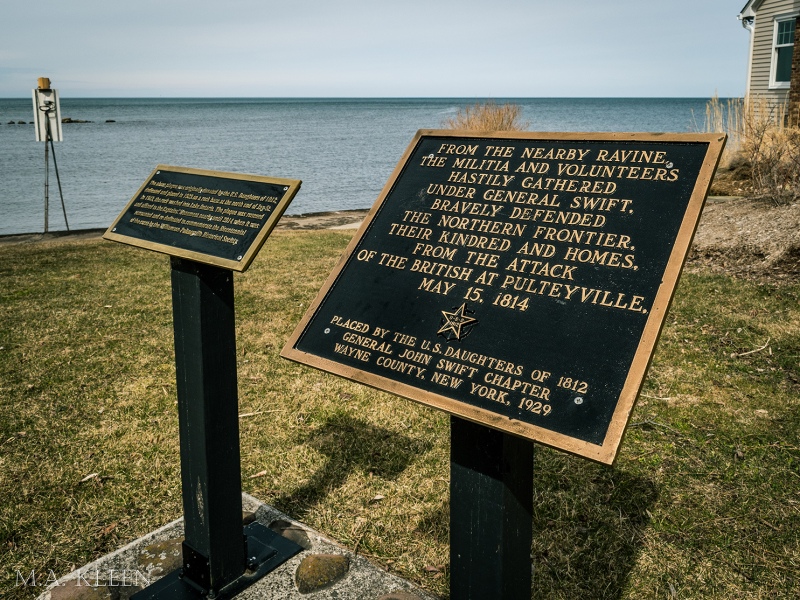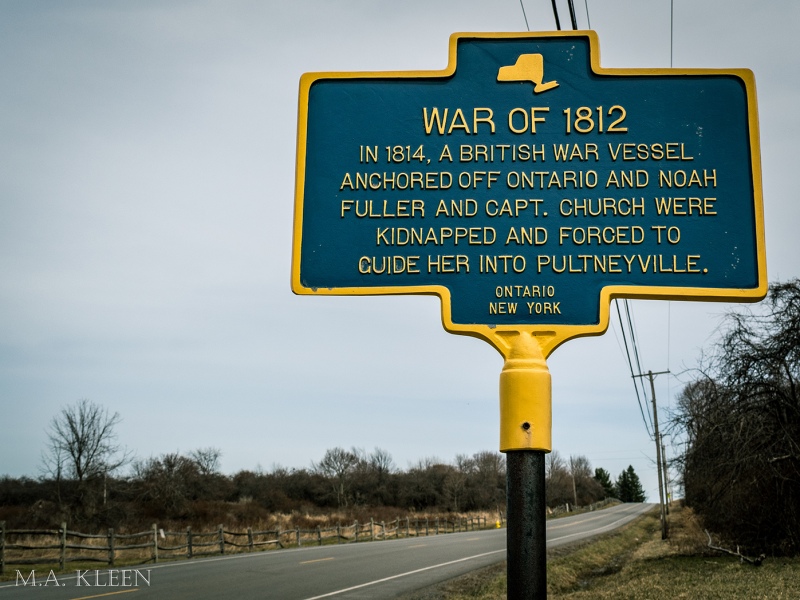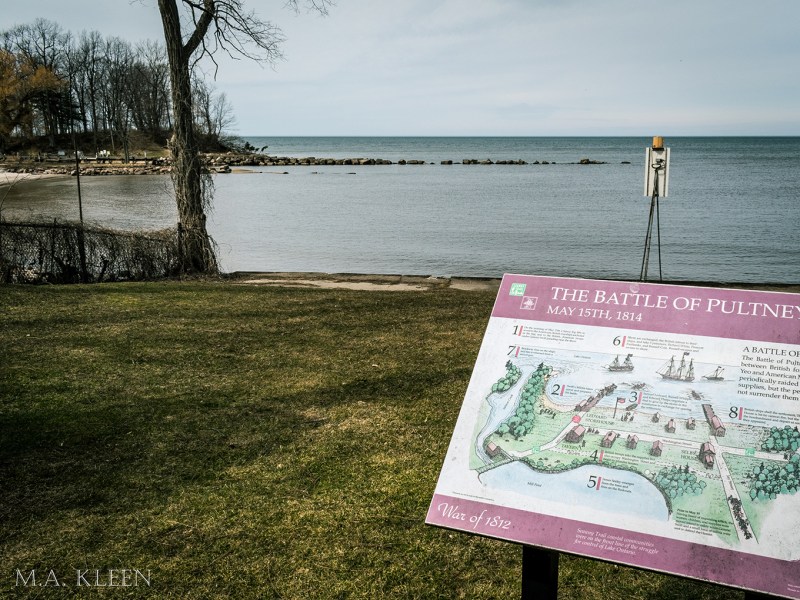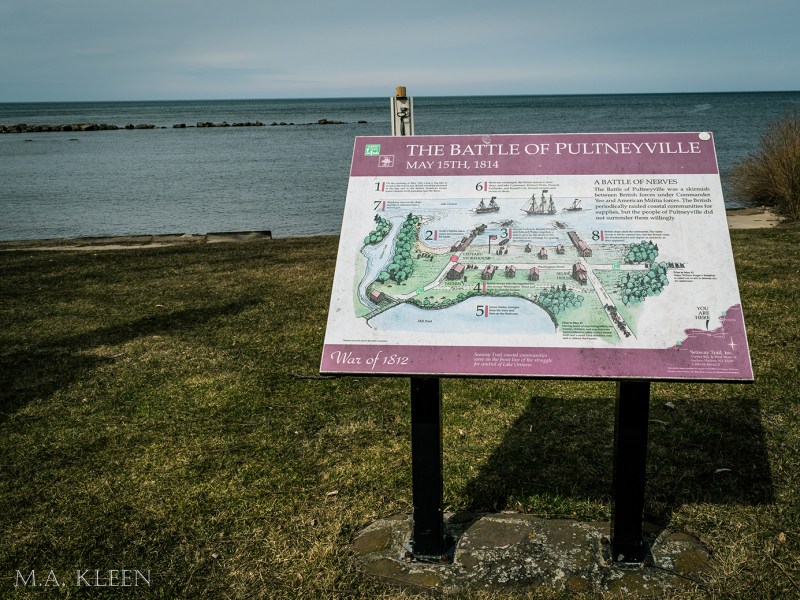A sharp fight sent British soldiers fleeing back to their boats when a routine raid on an American coastal town went awry during the War of 1812.




Click to expand photos
The Pultneyville Raid was conducted by British forces commanded by Commodore Sir James Lucas Yeo on May 15, 1814 against the hamlet of Pultneyville, New York on Lake Ontario during the War of 1812. They were opposed by American militia commanded by Brigadier General John Swift. The raid ended in a close American victory, as British forces retreated with a few captured supplies.
Lake Ontario was a strategic conduit for ships and supplies during the war, and both sides sought to control it. The American government kept military store houses at various points along the lake to resupply its fleet. The British sought to capture or destroy those supplies in a series of raids. On the morning of May 14, six miles west of Pultneyville, British troops from a ship called the King George landed and kidnapped Thomas Fuller and Captain Church. They forced the men to guide them to Pultneyville in a thick fog.
Meanwhile, Brig. Gen. John Swift had gathered 130 volunteers and militia to confront the British. When the fog lifted the next morning, the British sent out an ultimatum demanding surrender of the supplies or they would fire on the hamlet. Three townspeople rowed out to the British ship and negotiated surrender of the supplies in exchange for assurances the residents would be unmolested. As arranged, several hundred British soldiers landed and took the supplies, however, they also began to loot local homes.
Swift’s militia fired on the British from the treeline with such rapidity that British soldiers beat a hasty retreat back to their boats, but not before capturing two American civilians. The British ships opened fire with cannon to cover their retreat. At least one British soldier was killed and four wounded in the engagement.
The War of 1812, fought between the United States and Great Britain between 1812 and 1815, arose from a dispute over maritime trade and U.S. territorial ambitions on British Canada. The war went badly for the U.S., with British troops burning Washington, DC in August 1814. A late victory by Andrew Jackson at New Orleans led to the perception the U.S won the war, despite the Treaty of Ghent establishing peace without any territory changing hands.
Pultneyville remains a small hamlet at the mouth of Salmon Creek. The wooded peninsula where Swift’s militia took cover is now a private beach. A small park has been established along the Lake Ontario shoreline with Seaway Trail interpretive signs telling the story of the battle. In 1929, the U.S. Daughters of 1812 placed a plaque on a rock at the north end of Jay Street to commemorate the skirmish, but in 1943 it washed into the lake and had to be rescued. It is now mounted on a metal stand in the park.
The Pultneyville interpretive signs are located in a small park between the Pultneyville Mariners Club and a private residence at the curve where Washington and Mill streets converge in Pultneyville (Williamson). There are no sidewalks, paths, or marked parking. Parking is roadside at your own risk. The sign regarding the kidnapping of Captain Church is located along Lake Road approximately six miles west of Pultneyville.

